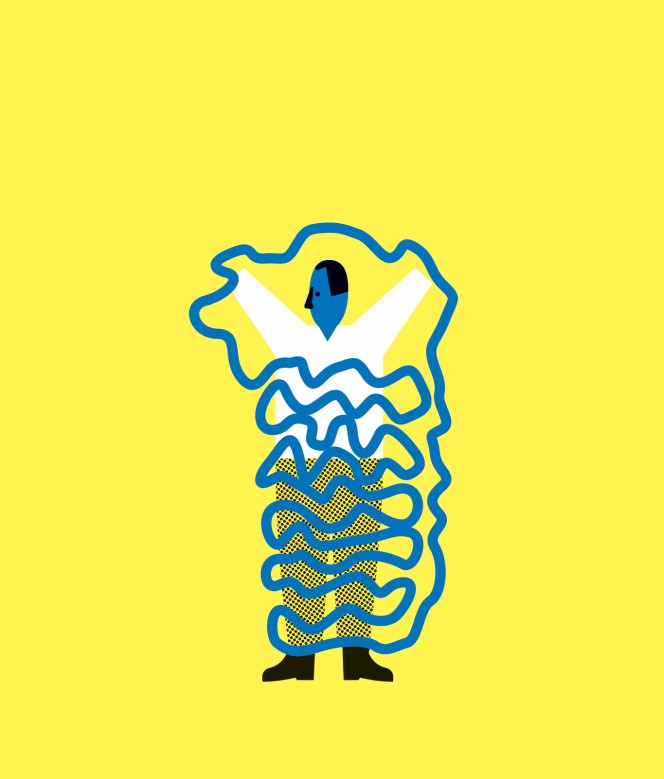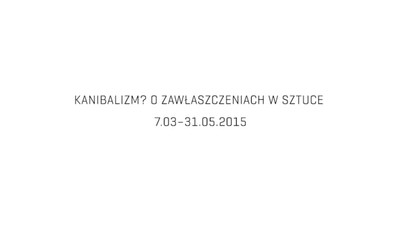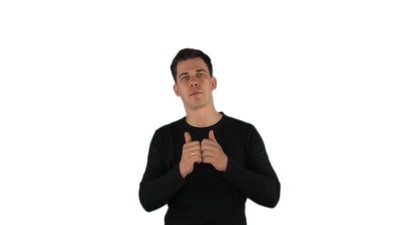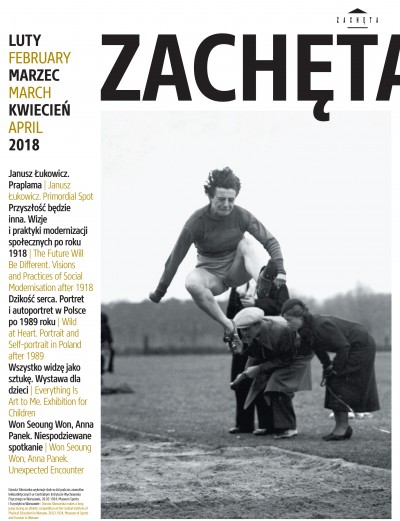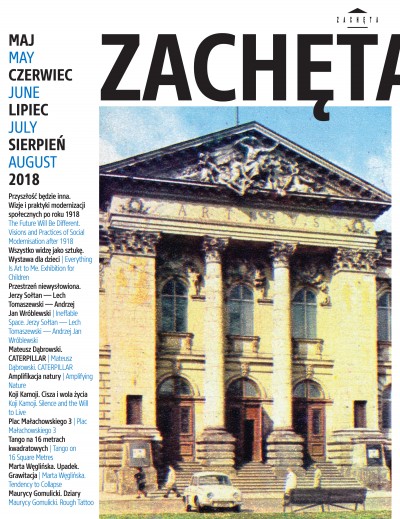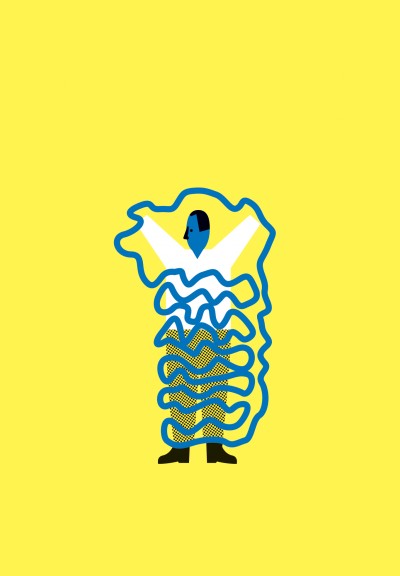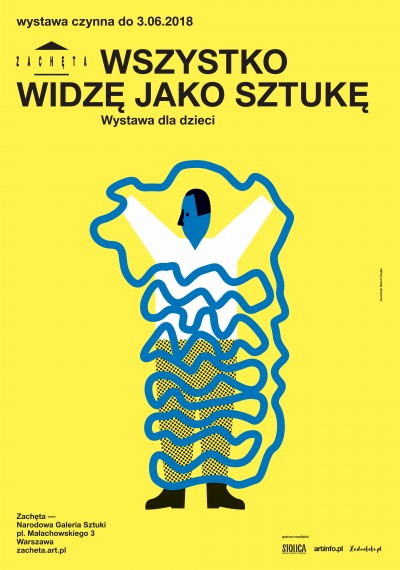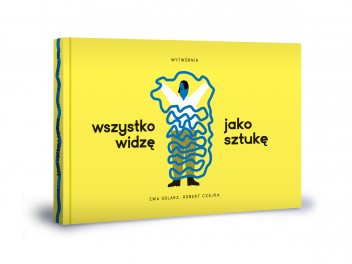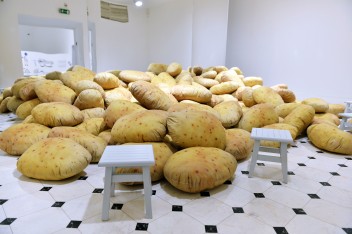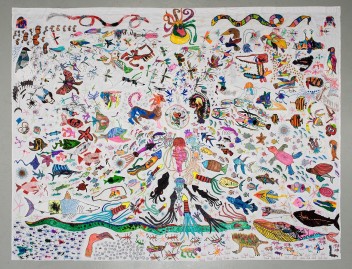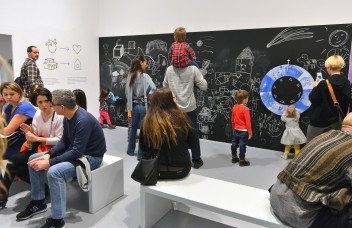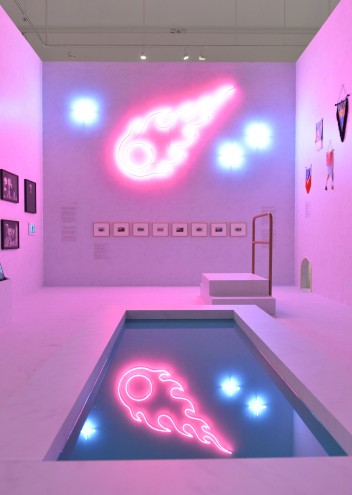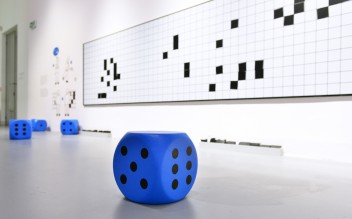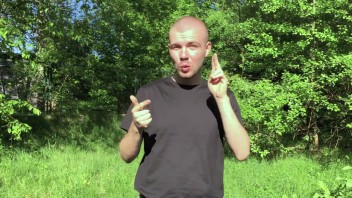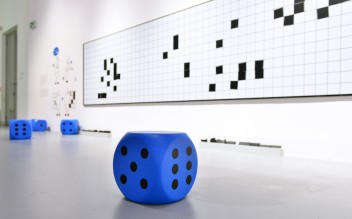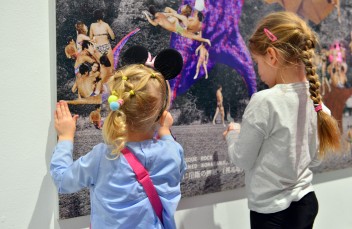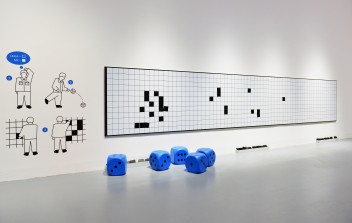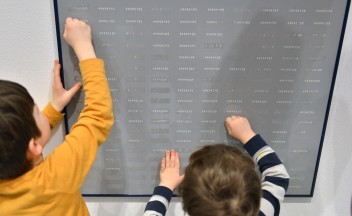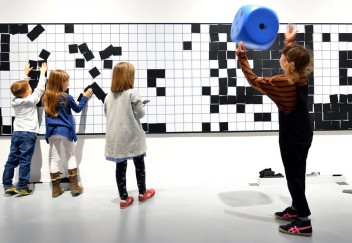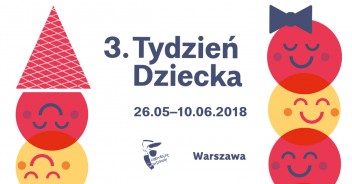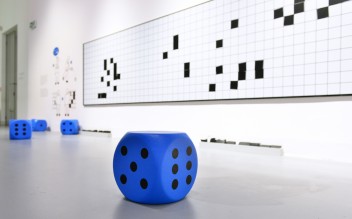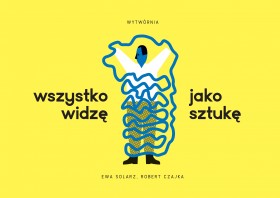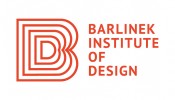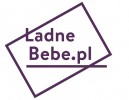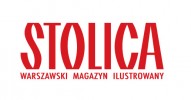Everything Is Art to Me An Exhibition for Children
10.03 – 03.06.2018 Everything Is Art to Me An Exhibition for Children
Zachęta – National Gallery of Art
curator: Ewa Solarz
collaboration on behalf of Zachęta: Katarzyna Kołodziej-Podsiadło, Zofia Dubowska
visual identification: Robert Czajka
architecture design: Kosmos Project (Ewa Bochen-Jelska & Maciek Jelski)
educational programme: Anna Zdzieborska
artists: Edward Krasiński, Roman Opałka, Ryszard Winiarski, Maurycy Gomulicki, Julita Wójcik, Aneta Grzeszykowska, Monika Drożyńska, Jan Dziaczkowski, Katarzyna Przezwańska
This exhibition has been put together primarily for children and parents, as well as those who do not feel comfortable in contemporary art galleries. It is intended to encourage those who do not understand modern art, or are ashamed to admit it. The exhibition aims not only to familiarise visitors with the way of thinking and work of contemporary artists, but also to convince them (especially the youngest ones) that you can talk about art using normal language, discovering in it things close to us all. Through interactive and workshop elements, the project will also encourage children to engage in creative activity.
illustration: Robert Czajka
The earlier children learn the inspiring power of art, the more frequently they visit museums and galleries, the greater the chance they will grow up to be sensitive and conscious recipients of art.
The museum label, or don’t touch
Let’s respect the rules at the museum and the gallery. Before heading out to a museum or gallery, discuss the rules with your child, explain why most works of art cannot be touched. There is only one copy of them, they cannot be replaced and new ones cannot be bought. They are valuable, they cost a lot of money, sometimes more than a house or a car. They are often delicate and every touch, even a light one, leaves behind traces of the grease and dirt on the skin. (If you have a doubtful child, it’s worth doing an experiment: have the child wash their hands, dry them with a towel and then touch a mirror — a fingerprint is left behind). Even museum employees try to touch the exhibits as little as possible, and when they have to, they always wear special protective gloves.
For the same reasons, you can’t eat at the exhibition, ride a skateboard, run around or shout. It’s worth it to think about others and not disturb them.
Homework, or what’s worth doing before you head out to the museum
It’s worth talking about art and read as much as you can. There are many books for children about art history, artists and creative work, among those we recommend are the following: SZTUKA [Art] by Sebastian Cichocki, The Dot by Peter Reynolds, Zachęta do sztuki [Encouragement to art] by Zofia Dubowska, Why Is Art Full of Naked People by Susie Hodge, Let’s Make Some Great Art by Marion
Deuchars, Bałwan w lodówce [A snowman in the fridge] by Łukasz Gorczyca, The True! History of Art by Sylvain Coissard, The Great Book of Animal Portraits by Svjetlan Junakovic and Wszystko widzę jako sztukę [Everything is art to me] by Ewa Solarz.
My children regularly took part in workshops accompanying exhibitions, we’ve liked it, and to this day, they can walk into any museum at ease and without being embarrassed. However, I know that as an ambitious mother, I make mistakes. Here are some tips that will help you avoid them.
Avoid setting the direction
Don’t tell your child what they should do and how. Don’t impose your own solutions, even if they’re more spectacular and more interesting than those your child comes up with. Encourage them to do their own experiments and accept the results.
Be open, or total tolerance
Creating art is not just drawing with crayons, it’s also playing in the mud, dragging your feet through sand, tearing up a newspaper, smashing food around on a plate, etc.
Accept the mess
Don’t limit your child’s creativity with petty remarks about cleanliness. If you want to unleash their creativity, don’t block it.


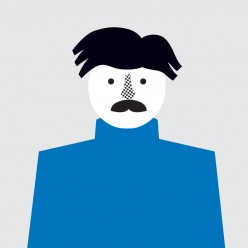
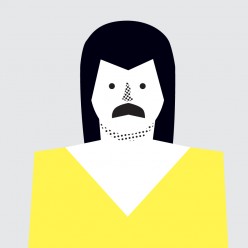
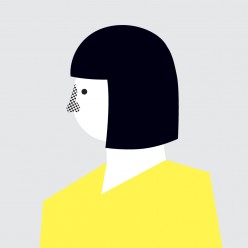
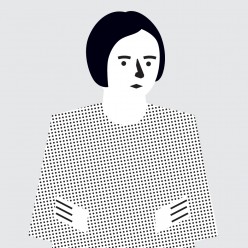
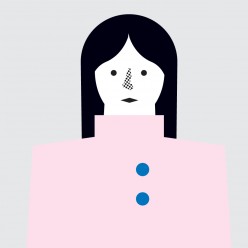
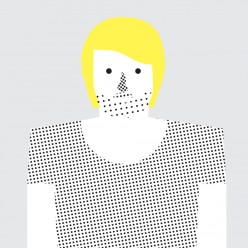
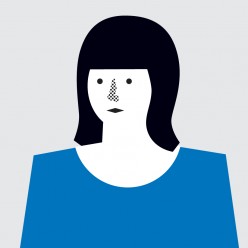
Everything Is Art to Me
An Exhibition for Children
10.03 – 03.06.2018
Zachęta – National Gallery of Art
pl. Małachowskiego 3, 00-916 Warsaw
See on the map
Godziny otwarcia:
Tuesday – Sunday 12–8 p.m.
Thursday – free entry
ticket office is open until 7.30 p.m.
